When it comes to the term “renewable energy”, most people first think of wind and sun. This is to almost forget that biomass, biogas, geothermal energy and also hydropower are also included. Unfairly, in my opinion. Hydropower is one of the oldest sources of energy on earth. And today it can help us secure supplies from renewables for the future. Nor is it always necessary to build from scratch either. A great deal can be achieved with investment in existing plants!
In the conversion of electricity from renewable sources of energy, wind turbines and solar power systems account for the largest share. Hydropower only accounts for 8.6% (Source: energy-charts.info) and has not been expanded over the years either. One reason: Studies over the last decades concluded that hydropower potential in Germany was largely exhausted. It is often the case that the technology is reduced to its negative impacts. Investment is reduced to the minimum necessary.

Hydropower therefore only plays a minor role in the energy transition, at least in Germany. In contrast to other countries (e.g. Switzerland, Austria, France), it was even originally intended to take small-scale hydropower plants out of the support mechanism of the 2023 German Renewable Energy Sources Act (EEG 2023). Fortunately, the bill was amended, but it still shows that hydropower is underestimated.
Hydropower is not “sexy” enough!
In short, one of my colleagues put it in a nutshell: Hydropower is simply not “sexy” enough! Is that the right course – in view of the climate crisis, increasing prices and the goal of becoming independent as quickly as possible? As a mechanical engineer, I am at home in the world of hydropower. So I am hardly neutral when it comes to this issue. Where do you stand on this? Does your attitude change when you consider the following?
- Do you know the oldest form of energy conversion used by humans (even before the discovery of electricity)?
- Which type of electrical energy generation has the longest service life?
- Which technology can store energy on a large scale?
- Which renewable energy can be regulated?
- Which form of energy generation is the most efficient?
The answers to these questions are the same in every case: Hydropower!
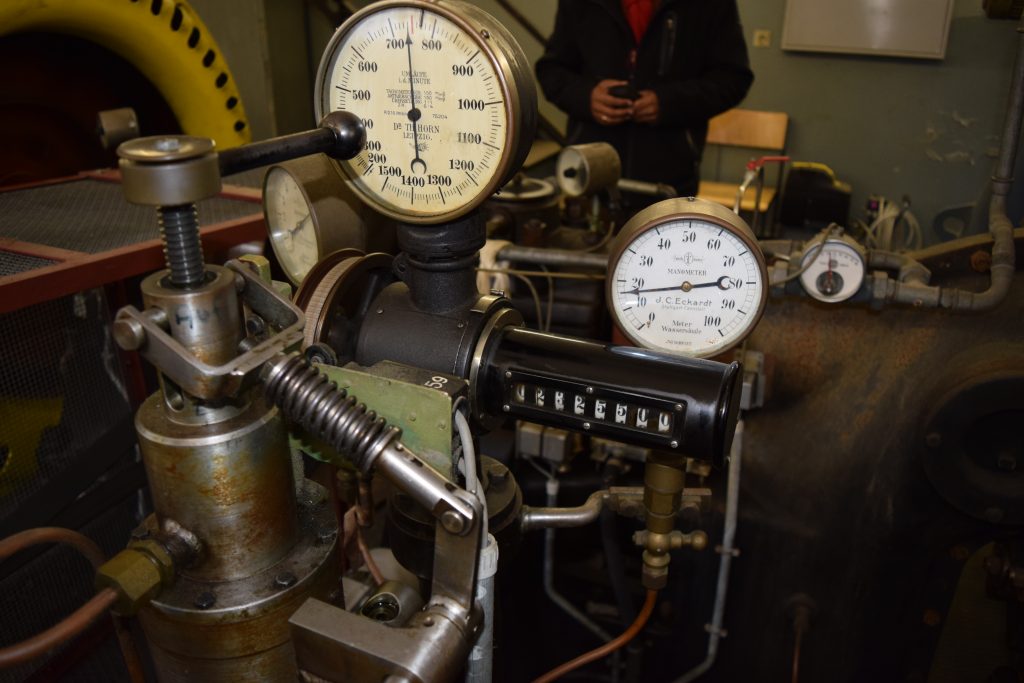
Giving consideration to these questions in detail, there are numerous arguments in favour of the sustainable generation of energy from hydropower. After all, we have the greatest long-term experience with it – the effects on the environment are known and controllable. Subject to appropriate maintenance, the technology offers a persuasively long service life (currently over 100 years) and the materials used (steel and concrete) do not have a serious impact on the environment even in the event of decommissioning. Moreover, hydropower makes an important contribution to grid stability: Regulation and storage are possible at all times! Pumped storage plants are the only plants capable of storing larger amounts of electricity with a high degree of efficiency.
Every form of energy conversion has negative effects on the environment at the same time. So we should use as much of the available energy as possible if we are going to intervene in nature. Hydropower has an efficiency level of around 90%, which sets it well apart from other forms of energy generation (wind power max. 50%, photovoltaic power plants 8% – 20% and steam power processes max. 45%, which include coal, gas and nuclear power stations in addition to solar power plants).
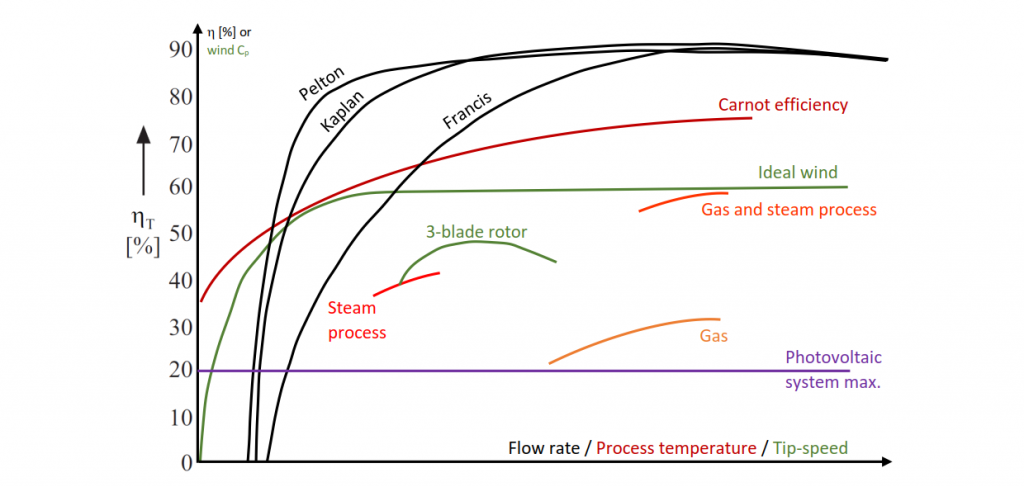
Is efficiency really a minor issue?
With renewable energies, no fuel is required! That is correct and that is what also makes renewables so attractive. Nonetheless, there is the manufacturing process, installation, maintenance and operation, and the service life of a plant to consider. The higher the level of efficiency and the longer the service life, the more that all the effort is worthwhile. The bottom line is that hydropower offers the best performance in terms of efficiency. The advantages of solar and wind power are, for example, lower investment costs and quicker implementation. I therefore advocate a broad mix of different technologies.
What else does hydropower have to offer?
Another point of added value offered by hydropower plants is the regulation of the water regime. Floods can be prevented and the consequences of dry periods – also for shipping – reduced. One example is the Eder dam, which was able to provide the necessary water level of the Weser again this year despite the extreme drought.
So there are other positive effects as well, including the local recreation effect, for example for water sports enthusiasts and hikers. The way in which hydropower plants can provide impressive tourist destinations is shown by the articles of our blogger Ann-Kristin Seidler:
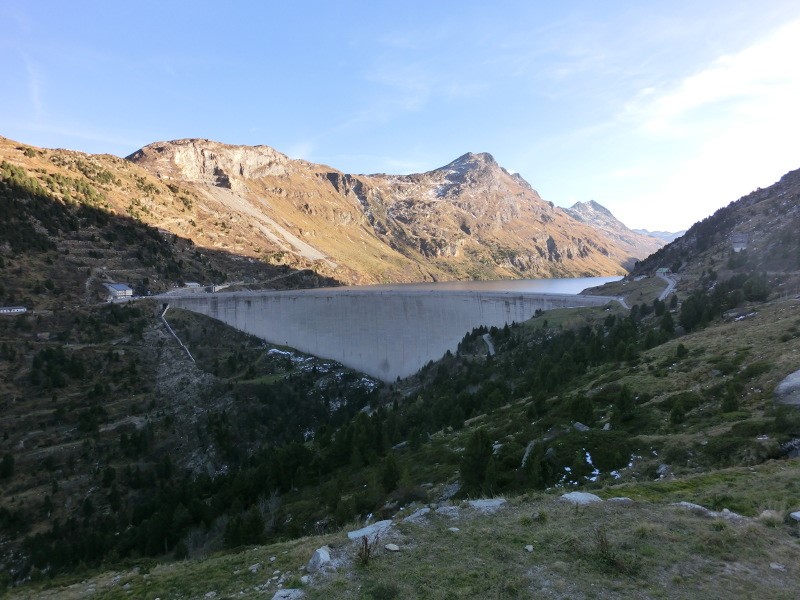
Light and shadow
I also see that hydropower plants have downsides: Construction work extending over several years, concrete and steel production, traffic, interference with nature and the impact on the continuity of aquafauna should not be underestimated. However, I am of the view that with today’s level of knowledge and the possibilities open to us, larger plants can also be reconciled with the environment and that hydropower is an important element of the energy transition.
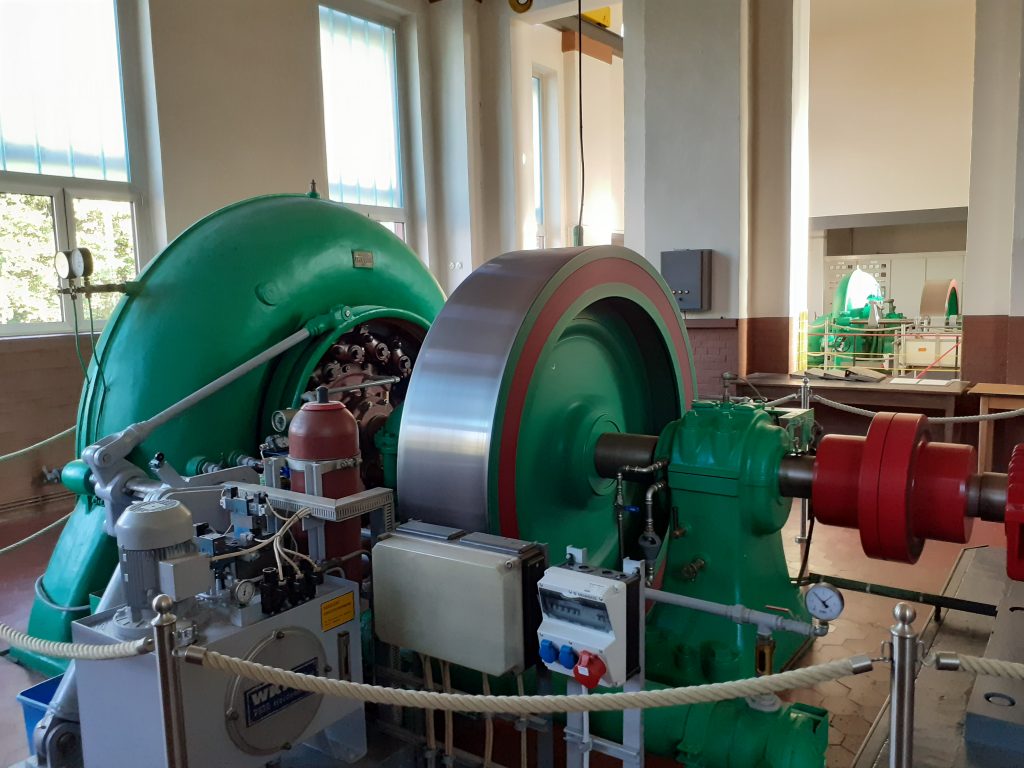
With the promotion of small-scale hydropower (up to 5 MW) on the basis of current knowledge, many negative effects can be avoided as far as possible, since fish upstream and downstream facilities as well as fish-friendly machine technology and intake structures are available.
What is the point of the discussion if the potential has already been exhausted though?
Studies to date have concluded that the potential of hydropower has already been largely exhausted, at least in Germany. However, my personal experience over the years paints a different picture:
- Existing hydropower plants can significantly increase their output and availability by modernising or converting to variable-speed machines.
- There is still plenty of potential in many places for expanding the upper or lower reservoirs of existing plants.
- For many small-scale hydropower projects, upgrades would also be possible from a technical standpoint that would also take fish concerns into account.
- Existing pumped storage plants, too, could take on a larger role in the energy mix after an upgrade.
Unfortunately, there is often a lack of willingness to invest in and promote such projects. The public is also critical of new plants. This could change if grid outages occur or if energy prices continue to rise. Existing plants, on the other hand, are generally widely accepted and neighbouring communities identify with the hydropower plants in their vicinity.

I believe the time is right: New technologies, especially with regard to environmental protection, should lead to a reassessment of the hydropower potential in Germany. Although the focus here should be on small-scale hydropower and upgrades of existing plants, larger new developments should not be ruled out either and could make a major contribution in view of future challenges and climate change.
Every kilowatt hour counts – whether it be with wind, sun or hydropower!
All renewables must be expanded. In the mix, we should also take advantage of the opportunities offered by hydropower. The regulation and storage of energy does not come for free. It must be remunerated and paid for accordingly – including when it comes from hydropower plants. This would strengthen the German energy market sustainably and in the long term and contribute to grid stability.
Given the current situation in the energy sector, I believe that there is a need for the economic framework for regulatable hydropower and pumped storage plants to be established. The approval phases need to be speeded up. Every kilowatt hour counts when it comes to renewable energy too – especially when it can be stored! After all, hydropower may not be sexy, but it is reliable!
What do you think now – after learning about the advantages and disadvantages – about hydropower? Would you perhaps like to form your own impression on site? Almost all operators also offer guided tours for visitors. Check it out on your next trip or vacation. ?
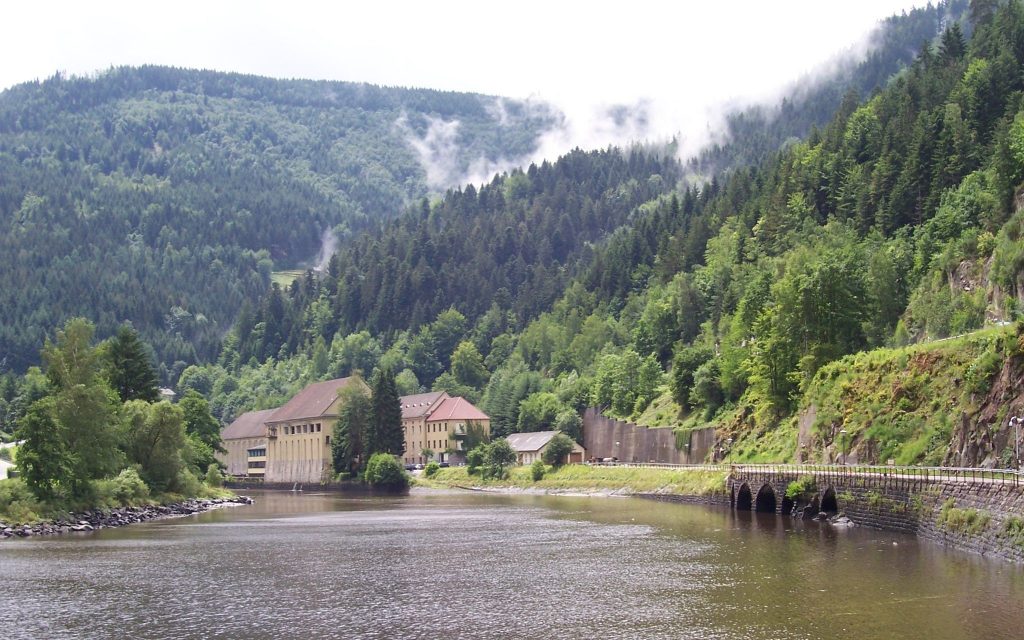
Excellent article, Herr Schmidt: congratulations. The energy and climate crises have to be tackled from many different angles and improvement of the effectiveness and efficiency of existing hydropower plants will make an important contribution.
In addition, the need for improved flood control and for meeting increased irrigation demand in other countries speaks for increased storage and better water management to counter the impacts of climate change – these requirements also support continued hydropower development.